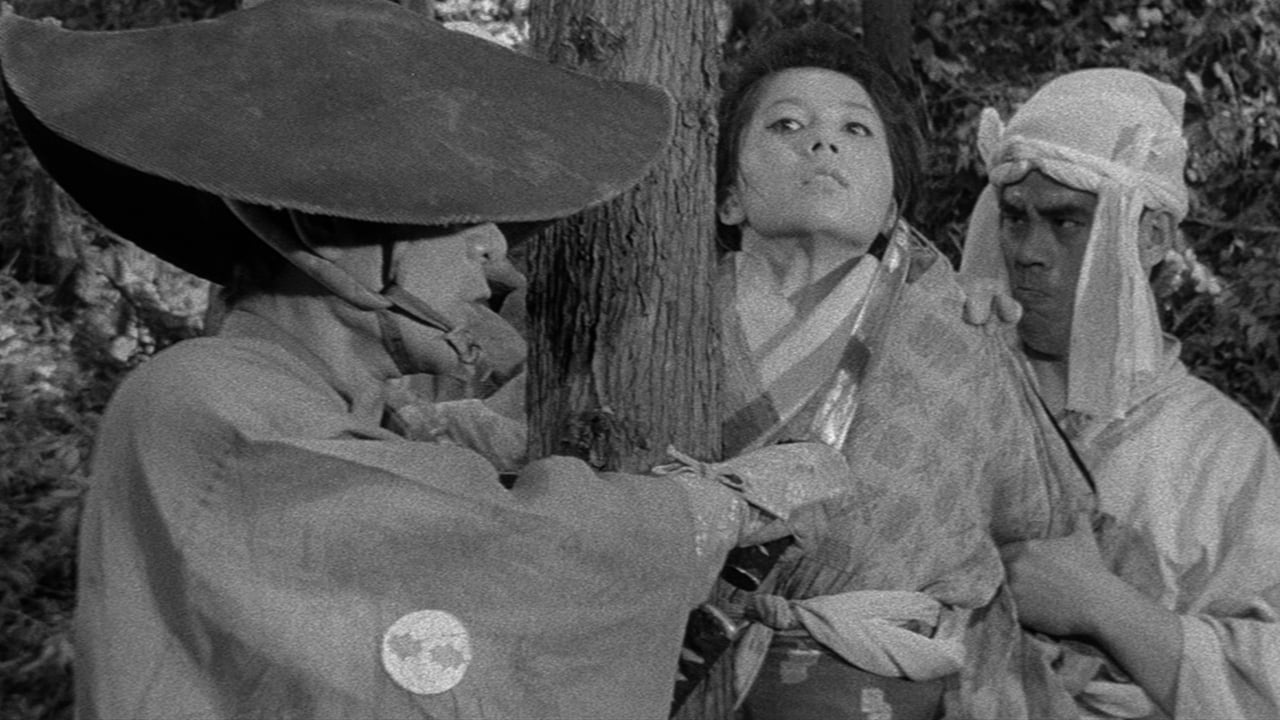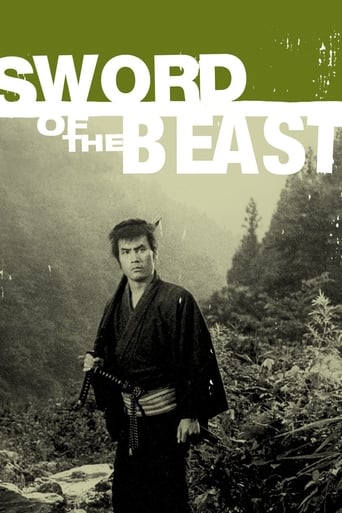

I found this movie to be very enjoyable with great pacing. Watching this movie, I was enthralled by the artistry involved in good black and white cinematography. The play of the lighting and shadows and the acting involved in this movie is good. For those of you who remember those old sci-fi horror TV shows where the narrator always comes on in the end and makes a closing statement/comment on the preceding episode. In the case of this movie it would've been ".....and the beast was man.". The plot breakdown has already been written in the other reviews so i will not repeat. However I feel that the "message" of the story is interesting enough that different people will come away with different understanding and feelings. For me its a commentary on how honour, duty, patriotism, ambition can and will be manipulated and used by those in authority to control the actions of the masses (for the authorities on benefit).
... View MoreIt is interesting that the supposed "beast" in this film is the one who acts with the most honor among all the samurai involved.It is a short film that has many stories going on.Gennosuke (Mikijiro Hira) has been betrayed by the vice-Chancellor after he kills the Chancellor of the clan and is on the run, a "beast" forced to live in the forest. He befriends a gold digger, who really has an excellent part with laughs and thoughtful lines.He also comes across another samurai who has been living in the forest with his wife collecting gold for his clan and hoping for advancement. He, too, will be betrayed, and by the same person as betrayed Gennosuke.As everything gets sorted out, there is some good swordplay, and, like the western hero we are all familiar with, Gennosuke walks off into the sunset.Definitely makes me want to check out more of Hideo Gosha.
... View MoreThis early Hideo Gosha jidai-geki that was released by Criterion opens quite abruptly with a ronin named Gennosuke being hunted down for having killed his clan's counsellor. We're at 1857, on the brink of the Meiji reformation that saw Japan opening to the west after years of seclusion and the fall of the Tokugawa Shogunate. The central plot revolves around the struggle between the old and new in a country on the verge of change. Although short in duration (clocking in at 85 minutes), the story never lets up with numerous twists and a fast pace. A series of events will find Gennosuke and a prospector he meets along the way searching for gold in a mountain, until they get caught up in another clan's schemes. Nothing is what it seems though, and therein lies the beauty of Sword of the Beast. As the story progresses both forwards and backwards (with glimpses in Gennosuke's past in the form of flashbacks), the characters' motives are fully fleshed out and this provides the extra dramatic oomph that pushes Sword of the Beast above "merely OK" territory. Behind all the swordfighting (and there's enough of it to be enjoyed here, certainly not Lone Wolf and Cub though), Gosha has a story to communicate. With beautiful natural exteriors photographed in stark black and white, confident directing from Gosha, very good swordfighting scenes from actors who know their trade and decent performances all around, Sword of the Beast should appeal to all jidai-geki fans. It's neither as monolithic and tragic as Masaki Kobayashi's work from the same time nor as lyrical as Kurosawa's, but it stands somewhere in the middle, stripped to the essentials with a focus on story and theme.
... View MoreOften resembling the pilot of a TV show more than a stand-alone movie, Sword of the Beast is a gritty, cynical samurai film that, like the films of Masaki Kobayashi (with which it was grouped by the Criterion Collection) mounts an attack on Japanese feudal authority, and, by extension, Japanese authority in general. In the film's fast-paced, exploitative opening, the samurai protagonist is on the run from his former clan, who, in a typically shameless male fantasy, send a woman to seduce and distract him (all during the opening credits). As we later learn, the hero's involvement with a group of reform-minded samurai led him to assassinate his conservative clan head, all as part of a plot by the clan's ambitious second-in-command. Only some of this elaborate set-up is actually resolved, since the story comes to revolve around a mountain which other characters have been illegally mining for gold. Despite the very cinematic widescreen style and intensity that director Hideo Gosha brings to the film, the plot's restricted scope and open-ended conclusion give Sword of the Beast more of the feeling of a TV pilot than of a full-fledged samurai epic. The fight scenes are good without having being particularly memorable, but Gosha does bring a nice messy quality to them, so that the participants seem more like fallible human beings than the superhuman warriors who often populate films of this sort. Perhaps the story's biggest weakness is that the story's conflicts : both of the parallel plots involve samurai who are betrayed by superiors in their clans, but in neither case does the betrayal seem to be very deeply felt. It is perhaps in this respect, more so than in the plotting, that the film's TV-like qualities are truly limiting, denying the film the same kind of mythic resonance of the best work of Kurosawa and Kobayashi.
... View More